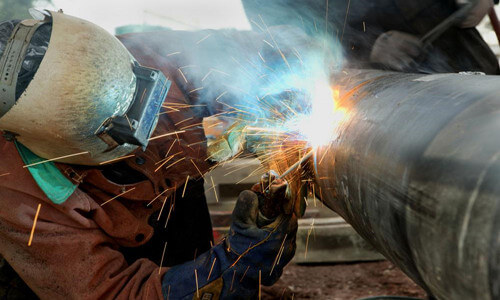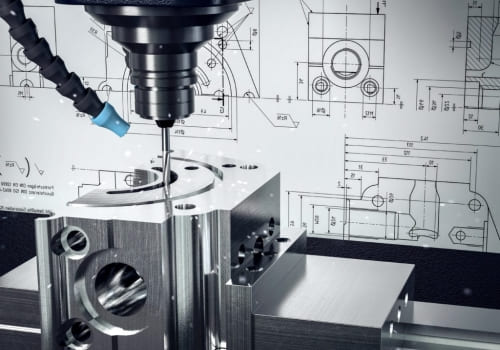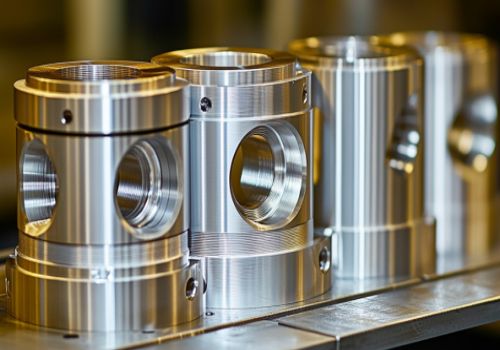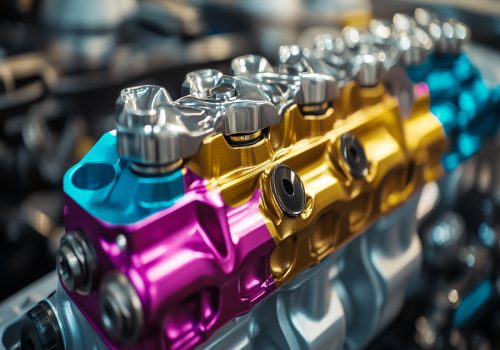Workers in the manufacturing industry are very hard. In addition to long-term, high-intensity labor, they also face adverse effects on various health conditions. Let’s take a look at what are the main health hazards of the common types of processing in the manufacturing industry? And remind the workers of the processing and manufacturing industry to take appropriate measures to protect their bodies. After all, health is the greatest happiness.
Common hazards of forging
Forging hammers produce strong noise and vibration, and the intensity often reaches 100 decibels or more, which affects people’s hearing and nervous system. The furnace temperature is as high as 1200 degrees Celsius and the forging temperature is between 500 and 800 degrees Celsius. High temperatures and strong radiant heat are generated in the workplace. In the processes of forging furnaces and forging hammers, metal dust, coal dust, etc. are generated during the process of feeding, discharging and forging. Among them, the fuel industry kiln is the most polluted. In addition to dust, combustion forging furnaces can also produce harmful gases such as carbon monoxide, sulfur dioxide and nitrogen oxides.
Casting common hazards
Casting processing, casting sand falling and cleaning will generate a large amount of sand dust, the hazard size is mainly determined by the type of sand, if the quartz sand shape is used, because of the high silica content in the sand dust, it is the most harmful. In addition, sand and sand core coal drying, smelting and casting processes produce high temperature and heat radiation; if coal or gas is used as fuel for heating, it also produces harmful gases such as carbon monoxide, sulfur dioxide and nitrogen oxides; When heated in a frequency induction furnace or microwave oven, there are high frequency electromagnetic fields and microwave radiation.
Heat treatment processing common hazards
Heat treatment In the normalizing, annealing, carburizing and quenching processes of the workpiece, various auxiliary materials such as acid, alkali and salt are used as the heating medium, and these auxiliary materials are highly toxic and corrosive. Moreover, organic combustion improvers such as methanol, ethanol, propane, acetone, and gasoline, which are commonly used for heat treatment, are also toxic. Heating furnaces, salt baths, and heated work at high temperatures are heat sources that can cause high temperatures and intense heat radiation. Equipment that mechanically operates, such as motors, fans, and industrial pumps, also creates noise and vibration.
Machining processing common hazards
In the general machining process, the main hazard is the impact of the emulsion used in metal cutting on workers. The emulsion is composed of mineral oil, naphthoic acid or oleic acid and sodium hydroxide. In the high-speed transport of the machine tool, the emulsion splashes around, which is easy to cause pollution to the skin and can cause folliculitis or acne skin disease. In addition, during the grinding process in machining, a large amount of metal and mineral dust is generated. Once the dust is inhaled into the lungs, it will cause aluminum pneumoconiosis and silicosis.
Special mechanical processing such as electric spark, laser processing, electron beam processing and plasma processing, etc., its occupational hazards are related to processing tools. EDM is easy to produce metal fumes; laser processing produces high temperature and ultraviolet radiation; electron beam processing produces X-rays and metal fumes; plasma processing produces metal fumes, ultraviolet radiation and high-frequency electromagnetic radiation, and if tungsten electrodes are used, there is also the danger of ionizing radiation.
Mechanical assembly common hazards
In general, simple mechanical assembly processes have few occupational hazards, and only when special assembly processes are applied during the assembly process will they cause greater harm. For example, when electric welding is required, there is a problem of occupational hazards of electric welding; when adhesives are needed, there is an occupational hazard of adhesives; when the coating process is required, there is a problem of occupational hazards in the coating process.










